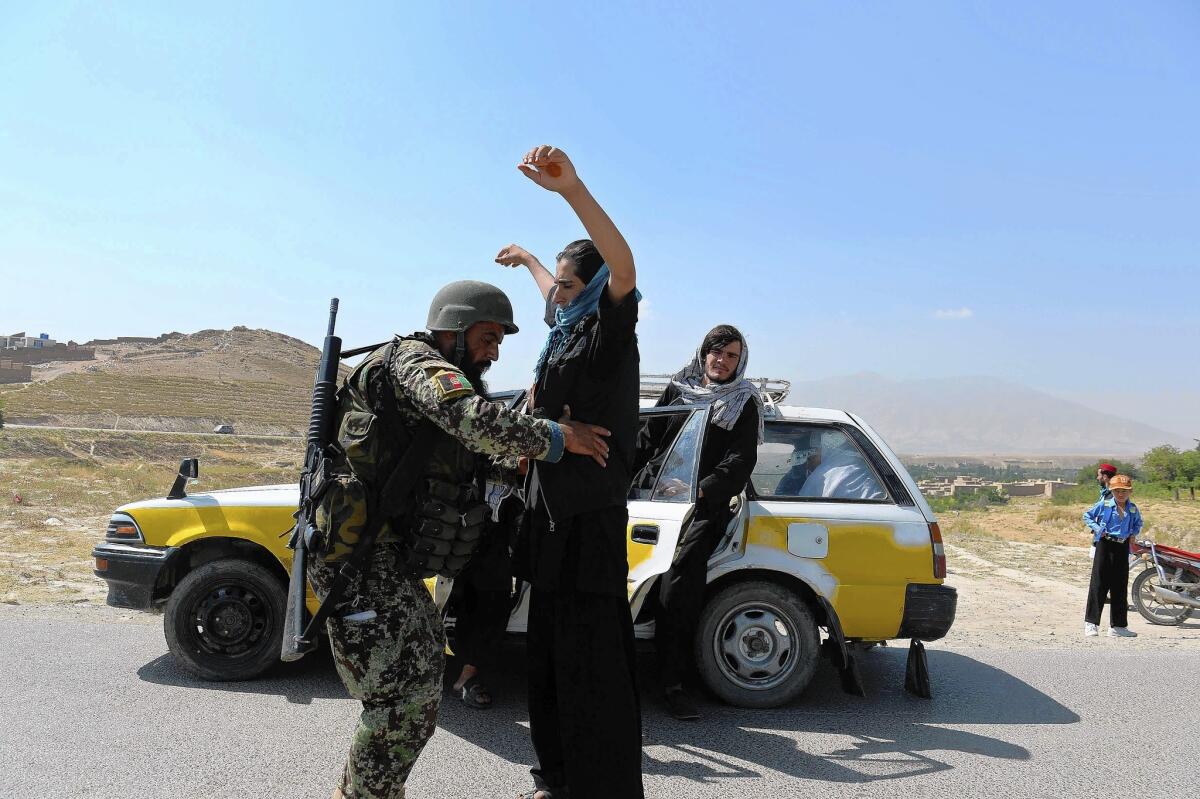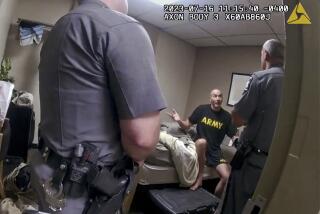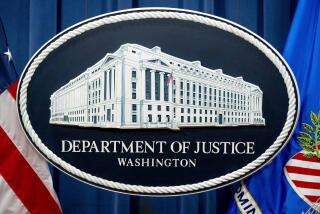Afghan soldier who killed U.S. general is identified

The gunman who killed a U.S. Army major general and wounded several others at a military university in Afghanistan was identified by officials Wednesday as an Afghan soldier in his 20s who was carrying a NATO-issued assault rifle.
The gunman, who officials said was named Rafiqullah and was originally from the eastern province of Paktia, on Tuesday fatally shot U.S. Army Maj. Gen. Harold J. Greene — the highest-ranking U.S. officer killed in combat overseas since the Vietnam War. Greene was the deputy commander responsible for training Afghan troops.
The Ministry of Defense’s investigation into the shooting at the Marshal Fahim National Defense University, west of Kabul began as U.S. officials prepared to fly the 55-year-old general’s body back to the United States.
Those wounded in the attack included Brig. Gen. Michael Bartscher of Germany, two British soldiers and two Afghan generals.
Rafiqullah, who was shot and killed during the attack, was reported to have joined the Afghan military in the last three years. A military source speaking to The Times on condition of anonymity said Rafiqullah was usually stationed in a watchtower at the military training academy, but details of the shooting remained unclear. The motive was unknown.
Conflicting reports have placed Rafiqullah either at the watchtower or hiding in a bathroom at the time of the shooting.
Rafiqullah hailed from the Jani Khel district of Paktia province. Though the district has been known to be a base for the Pakistan-based Haqqani network and the Afghan Taliban, there apparently was no proof he was connected to either group.
In the past, Afghan officials had blamed such attacks on the infiltration of “foreign spy agencies” into the national security forces.
In 2010, Afghan and coalition forces fought a two-day battle against fighters from the Haqqani network and Taliban in the district.
The shooting marked another so-called insider attack by a member of the Afghan military on foreign counterparts.
The green-on-blue attacks, as they have come to be known, reached their peak in 2012 when 61 coalition troops were killed in 44 attacks. Since 2008, there have been 88 such attacks resulting in 143 deaths, officials said.
Despite the threats posed by such attacks, the Pentagon said interaction between foreign and Afghan forces would continue. About 30,000 Americans, as well as other foreign troops, remain in Afghanistan.
“Afghanistan is still a war zone, so it is impossible to completely eliminate that threat … but you can work hard to mitigate and minimize it, and [the International Security Assistance Force] has done that,” said Rear Adm. John Kirby, the Pentagon spokesman.
The European Union took a similar tone.
Franz-Michael Mellbin, the European Union special representative in Afghanistan, said in a statement that he offered his sympathies to Greene’s family while reiterating the EU’s commitment to Afghan security.
“The security provided by troops from the Afghan national security forces and ISAF is essential to the lives of millions of ordinary Afghans,” he said. “Providing security is a difficult and dangerous job. We pay our respect to the servicemen, who undertake daily risks in the interest of the Afghan people and the future of this country.”
For some residents, however, the presence of a military training facility headed by the U.S. and British presented a security risk from the moment it opened in October.
“Of course we were worried,” said Hamid Niazi, 28. “Whenever foreigners are near ... there is a sense of threat or danger to our own lives.”
Latifi is a special correspondent.
More to Read
Start your day right
Sign up for Essential California for news, features and recommendations from the L.A. Times and beyond in your inbox six days a week.
You may occasionally receive promotional content from the Los Angeles Times.






